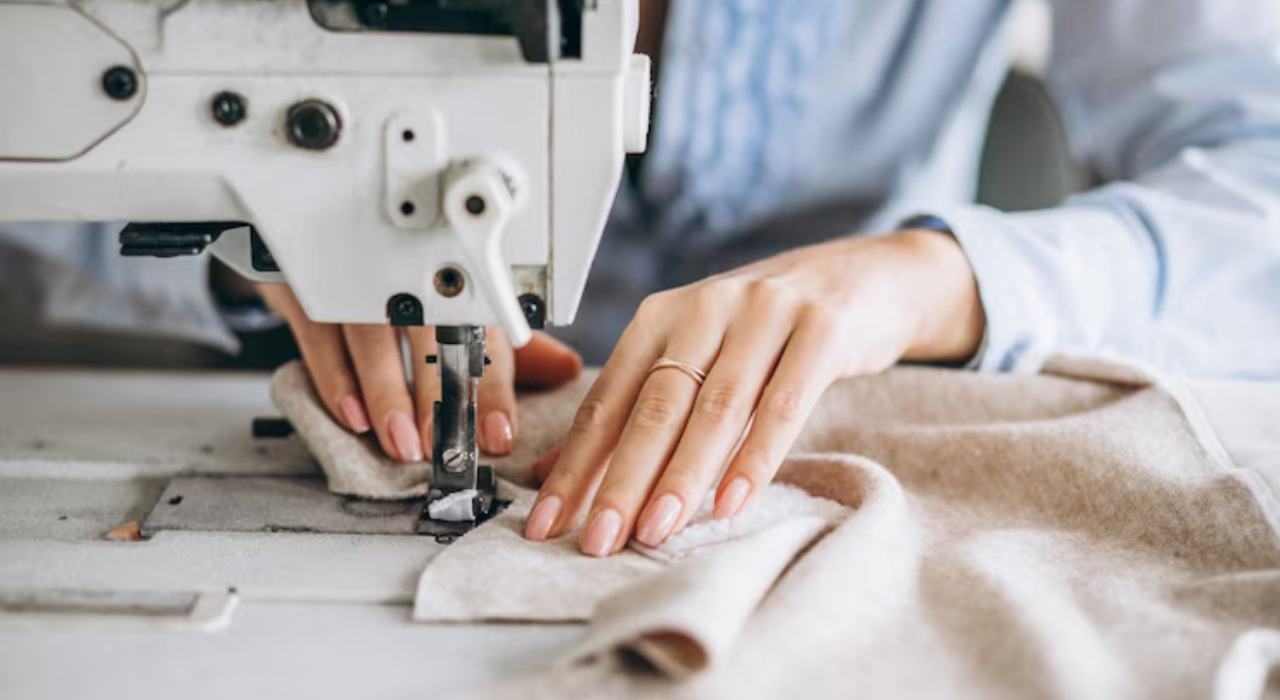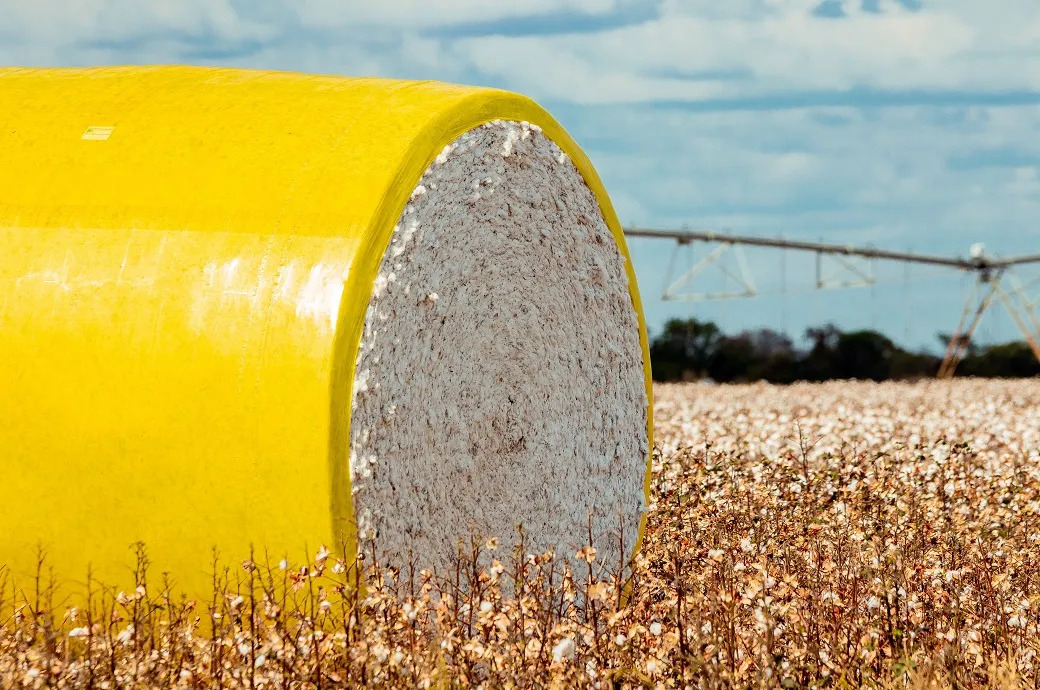"According to a survey conducted by China Nonwovens and Industrial Textile Association (CNITA), the production index of the industry in the first three quarters is 61.2, still within the growing range, but it is lower than the 67.3 in the first-half year, staying at bottom level in recent years. The low production index, experts say, is because of slower growth of domestic demand resulting from the downward pressure of domestic macro-economy and the weaker demand of major economies in the world."

Data from the National Bureau of Statistics (NBS) show that in the first three quarters of this year, nonwoven fabric producers above designated size (with annual turnover more than CNY 20 million) produced near 3.21 million tons of nonwoven fabric, up 15.57 per cent over the same period of last year, accelerating about 6 percentage points compared to the first-half year and over 10 percentage points compared to same period of last year.
Shandong Province leads growth

China’s all major nonwoven fabric producing provinces / autonomous regions maintained steady growth, and especially, the nonwoven fabric production in Shandong Province increased nearly 30 per cent, consolidating its position as the number one nonwoven fabric producer in China.
According to a survey conducted by China Nonwovens and Industrial Textile Association (CNITA), the production index of the industry in the first three quarters is 61.2, still within the growing range, but it is lower than the 67.3 in the first-half year, staying at bottom level in recent years. The low production index, experts say, is because of slower growth of domestic demand resulting from the downward pressure of domestic macro-economy and the weaker demand of major economies in the world.
According to the NBS, China's technical textile sector invested CNY 49.12 billion in fixed assets in the first nine months, up 23.26 per cent year-on-year and the number of newly-launched project increased 18.34 per cent, both improved compared with the figures for the first-half year, but declined compared with same period of last year. The investment in nonwoven fabric sector accelerated from 7.17 per cent in the first half to 15.54 per cent, while the decline in the number of newly-launched projects narrowed from 9.5 per cent to 0.4 per cent.
In January-September, the economic performance of technical textile industry continued to improve. Figures from the NBS show that enterprises above designated size earned CNY 212.7 billion of prime business revenue and CNY 12.3 billion of profits, up 6.76 per cent and 15.98 per cent year-on-year respectively, both accelerating over 1 percentage point compared to the first-half year and the profit rate of the industry is up to 5.78 per cent. The prime business revenue continued to grow at lower than 10 per cent.
This, the data indicates, is a reflection of not only the slow demand, but also the declined selling prices of finished products on the back of dropping raw material prices. But the profitability of the industry improved, offering opportunity for the industry's restructuring.
Exports to the US up as economy improves
In the first three quarters, China's exports of technical textiles dropped slightly by 0.91 per cent from a year earlier to $15.28 billion. Among major exported products, only the exports of medical and hygienic textiles as well as awnings increased in value term, while the exports of other products dropped by various degrees. For example, the exports of plastic-coated fabric and nonwoven fabric dropped by 3.3 per cent and 3.2 per cent respectively. Quantity growth remains the main engine for pushing up the export value.
Market-wise, owing to its economic recovery, the US market played an important role in maintaining the steady growth of China's technical textile exports. In January-September, China's export to the US market grew 6.9 per cent year-on-year. Meanwhile, the exports to Vietnam and the ROK edged up 1.9 per cent and 3.7 per cent respectively. China's technical textile export to Japan, the second largest market, dropped by 3.8 per cent, and the exports to India and Germany declined 11.2 per cent and 9.3per cent respectively.
In the first three quarters, China's import of technical textiles grew 5.34 per cent year-on-year to $3.39 billion. The rising import is mainly contributed by the 87.8-per cent rise in the import of diapers. Without the diaper import, the total import would drop 9.3 per cent from a year earlier.
Overall, the statistics suggest that China's technical textile sector has maintained the healthy and steady developing trend.
www.stats.gov.cn












